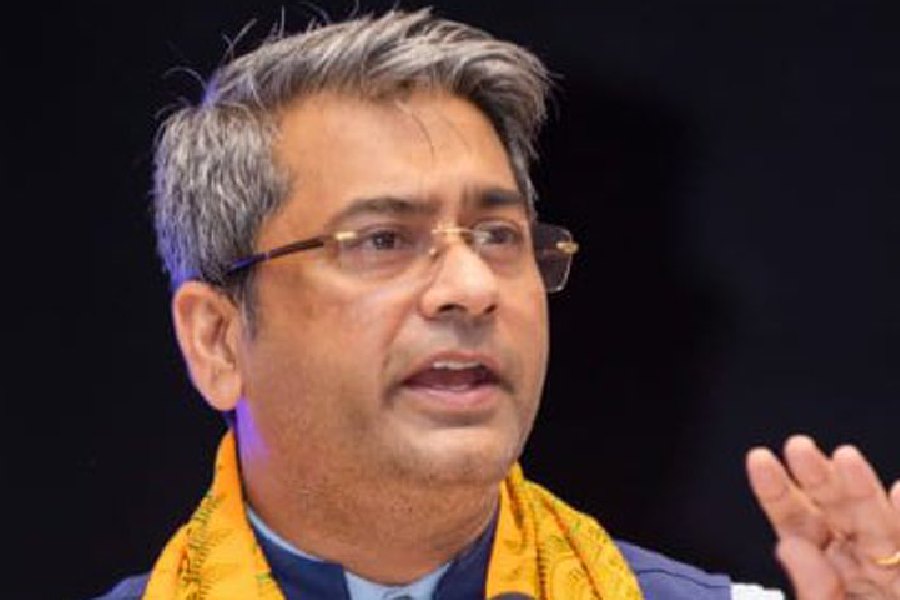 |
New Delhi, Oct. 12: As many as 56 villages in the Saranda forests, freed from over 10 years of Maoist dominance in a month-long offensive in August, is set to see a new era of development with the Centre planning to showcase it as a test case to prove that police action is no impediment to building social infrastructure.
Union rural development minister Jairam Ramesh, who visited the Jharkhand capital last week, has sent a proposal to Union home minister P. Chidambaram, seeking his support for the slew of development activities his ministry wanted to launch in the forests of West Singhbhum.
“The Saranda forest area was under the control of Maoists for over 10 years. The CRPF has liberated the area. We want to make it a test case to prove how development activities and police action can go hand in hand and can win the confidence of people and keep the Maoists away,” Ramesh said.
Spread over 855 sqkm, these villages with a population of 36,500 did not see any development ever since they came under the control of the rebels in 2000. Three banned organisations, CPI(Maoist), Kishan Krantikari Samiti and Nari Mukti Sangha, were running the show in the area, rendering it inaccessible for people and government officials.
Although there are schools and anganwadi centres, there has been no monitoring or supervision by the government.
Access to the area has been a major problem as the communication network is in extremely poor shape. None of the schemes of the rural development ministry was implemented in these villages, Ramesh said.
Joint forces from Orissa and Jharkhand undertook Operation Anaconda in the forests of Saranda between July 31 and September 1, so far the longest sustained armed offensive against a rebel stronghold in the state.
According to Jharkhand DGP G.S. Rath, as many as 12 Maoist training camps were busted from Saranda, at the time the second most important rebel hub after Bastar in Chhattisgarh.
“The rebels may not have been totally flushed out, but we have been successful in establishing an administration during the month-long operation in Saranda,” he had told The Telegraph sometime later in September.
In his letter to Chidambaram, Ramesh suggested a multi-pronged approach to develop the area. The ministry is sending a team to the Saranda area on Sunday to finalise the developmental action plan.
During his trip to the state, when Ramesh visited Ranchi and Gumla to get a first-hand idea about the progress of the Centre’s job scheme and road projects, also spoke to chief minister Arjun Munda about his plans.
Ramesh’s proposal includes a number of initiatives on housing and healthcare for the benefit of the community, particularly widows. A boost to employment will come in the form of the MGNREGS that will be used to develop land and build roads.
The district administration will open 10 integrated developmental centres (IDCs) at strategic locations to cover these villages and provide minimum services like ration, health care etc. The IDCs will provide BPL and Antyodaya Anna cards to all eligible families. Widows will be sanctioned Rs 10,000 under the national family benefit scheme, while eligible families will be covered under Indira Awas Yojana. It is estimated that around 5,000 houses will be required.
As the area does not have any health infrastructure, mobile health units could be operationalised. Helicopter services could be provided to help critically ill patients reach hospitals.
“It will give a message that helicopters are not just for the police forces,” Ramesh said in the proposal.











